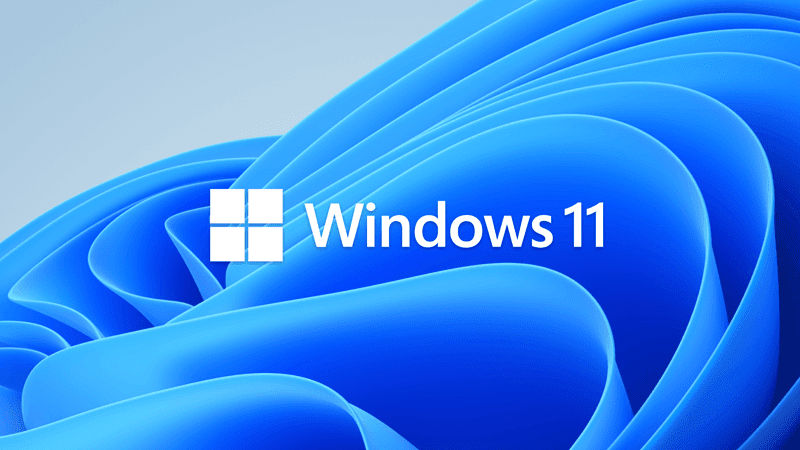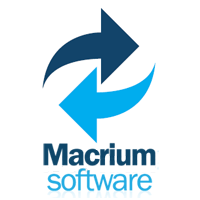- Local time
- 5:51 AM
- Posts
- 7
- OS
- Windows 11
Thank you all for the responses. I'll try to answer as many of your questions as I can.
@Megahertz, I believe the reason is as @garlin said. The OEM expects it to be that size for their own reasons. Their reasons could be what @hsehestedt noted:
@garlin, yes, that is exactly what I would like to end up with.
EFI: 260MB
MSR: 16MB
Primary: 236 GB
Recovery: 2000MB
To achieve this with your code, I would need to change the "shrink minimum=800" to "shrink minimum=2000", yes?
Just to absolutely clear, if I were to use your code, I need to remove the ==> parts. I assume those are just there as explanations.
@hsehestedt, thank you for the well documented code. I do understand it and I do know how to find the drive letter for the Windows media.
@Megahertz
You mention formatting the original Win partition then applying the image to it. Does that partition need to be formatted or will it work just as well on unformatted space?
@zbook, I have no idea what it wants to install in the EFI partition.
Here is the error I get:

Lenovo support are the ones who told me this was caused by having too small of an EFI partition.
I updated my "My Computers" section.
NOTE: One thing that all of you have taught me is that the Diskpart clean command leaves you with an MBR disk by default. I had not realized this and will now be more careful about converting it to GPT before going any further.
Considering all of your inputs, I think that I will try two things:
@Megahertz, I believe the reason is as @garlin said. The OEM expects it to be that size for their own reasons. Their reasons could be what @hsehestedt noted:
Normally 100 MB is just fine, however, the EFI partition is formatted as FAT32 and on advanced format native 4k drives the minimum partition size for FAT32 is - you guessed correctly - 260 MB. So, by using a 260 MB EFI partition you guarantee compatibility with ALL systems.
@garlin, yes, that is exactly what I would like to end up with.
The Lenovo defaults for these systems with 256GB drives are:
EFI: 260MB
MSR: 16MB
Primary: 236 GB
Recovery: 2000MB
To achieve this with your code, I would need to change the "shrink minimum=800" to "shrink minimum=2000", yes?
Just to absolutely clear, if I were to use your code, I need to remove the ==> parts. I assume those are just there as explanations.
@hsehestedt, thank you for the well documented code. I do understand it and I do know how to find the drive letter for the Windows media.
@Megahertz
That would be an excellent idea and would eliminate all of this mess if it works as you describe. I haven't considered it because the boss who taught me how to do this said that any partitions I left on the drive would just get duplicated during the installation. I have seen instances where we've ended up with extra partitions (particularly recovery partitions, I believe).Why not format the original Win partition and apply the Win VLSC image on the partition. This will keep the original EFI and the Tools partition that has the diagnostic and maintenance tools.
You mention formatting the original Win partition then applying the image to it. Does that partition need to be formatted or will it work just as well on unformatted space?
@zbook, I have no idea what it wants to install in the EFI partition.
Here is the error I get:

Lenovo support are the ones who told me this was caused by having too small of an EFI partition.
I updated my "My Computers" section.
NOTE: One thing that all of you have taught me is that the Diskpart clean command leaves you with an MBR disk by default. I had not realized this and will now be more careful about converting it to GPT before going any further.
Considering all of your inputs, I think that I will try two things:
- On the next new system I work on, I will try just deleting the Windows partition, formatting it, then selecting that partition for the installation.
- On the next "used" system that needs to be reimaged, I will try creating an new image using an autounattended.xml file created with @garlin's code in Schneegan's autounattended generator.
My Computers
System One System Two
-
- OS
- Windows 11
- Computer type
- Laptop
- Manufacturer/Model
- Lenovo ThinkPad P16s Gen 2
- CPU
- AMD Ryzen 7 Pro 7840U
- Memory
- 32GB
-
- Operating System
- Windows 11 Pro
- Computer type
- PC/Desktop
- Manufacturer/Model
- Lenovo ThinkCentre M75q Gen 5
- CPU
- AMD Ryzen 7 Pro 8700GE
- Memory
- 16 GB














